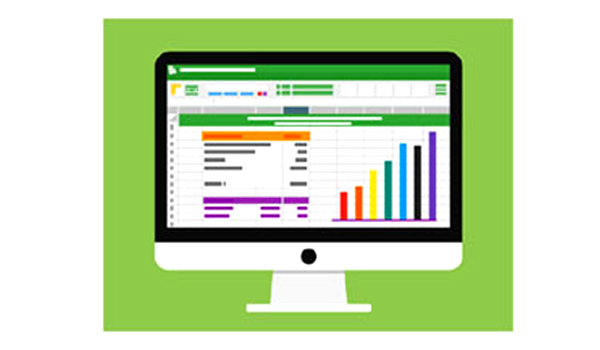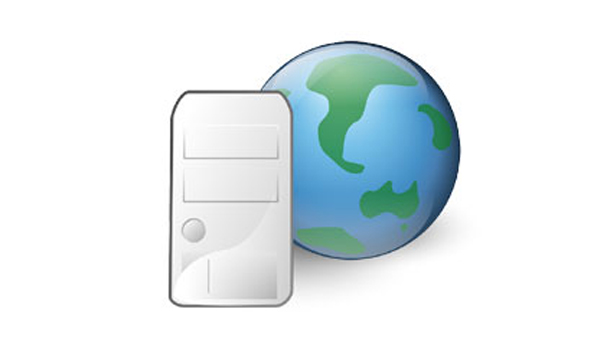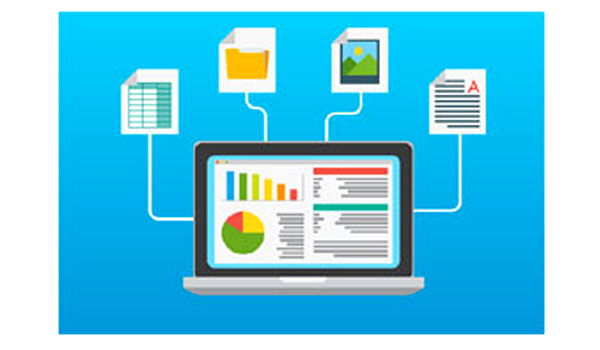Data Normalization
The process of cleaning up data to follow a particular standardized data format across a business is known as data normalization.
Updated: December 4, 2023

The process of cleaning up data to follow a particular standardized data format across a business is known as data normalization. The data from across different sources are similar regarding sections, fields, records, etc., making it easier to group data.
This is the production of clean data since unstructured data can be analyzed more efficiently once it undergoes data normalization. Companies are focusing on data normalization as data management has become a crucial part of business strategies.
There are different guidelines called 'normal forms' depending on what data normalization is used for or the industry a company is in to help companies accomplish data normalization. Normal forms helps ensure data points are categorized into different groups based on their complexity.
First normal form (1NF), Second normal form (2NF), Third normal form (3NF) and Boyce and Codd NF (3.5NF or BCNF) are different types of data normalization.
Companies can free up a ton of data storage by cleaning up the data and removing or eliminating any redundancies, helping systems run quicker. Anomalies within several data sets can be cleaned up with data normalization. Hours can be saved and companies can make better, data-driven decisions with clean data. It helps with simpler querying since the relationship between the data tables is clearly defined under data normalization. The models created is much easier to understand with data normalization.
Types of data normalization
- First Normal Form (1NF)
- Second Normal Form (2NF)
- Third Normal Form (3NF)
- Boyce-Codd Normal Form (BCNF)
- Fourth Normal Form (4NF)
- Fifth Normal Form (5NF)
- Domain-Key Normal Form (DK/NF)
- Sixth Normal Form (6NF)
- Elementary Key Normal Form (EKNF)
- Domain-Key Fifth Normal Form (DKNF)



